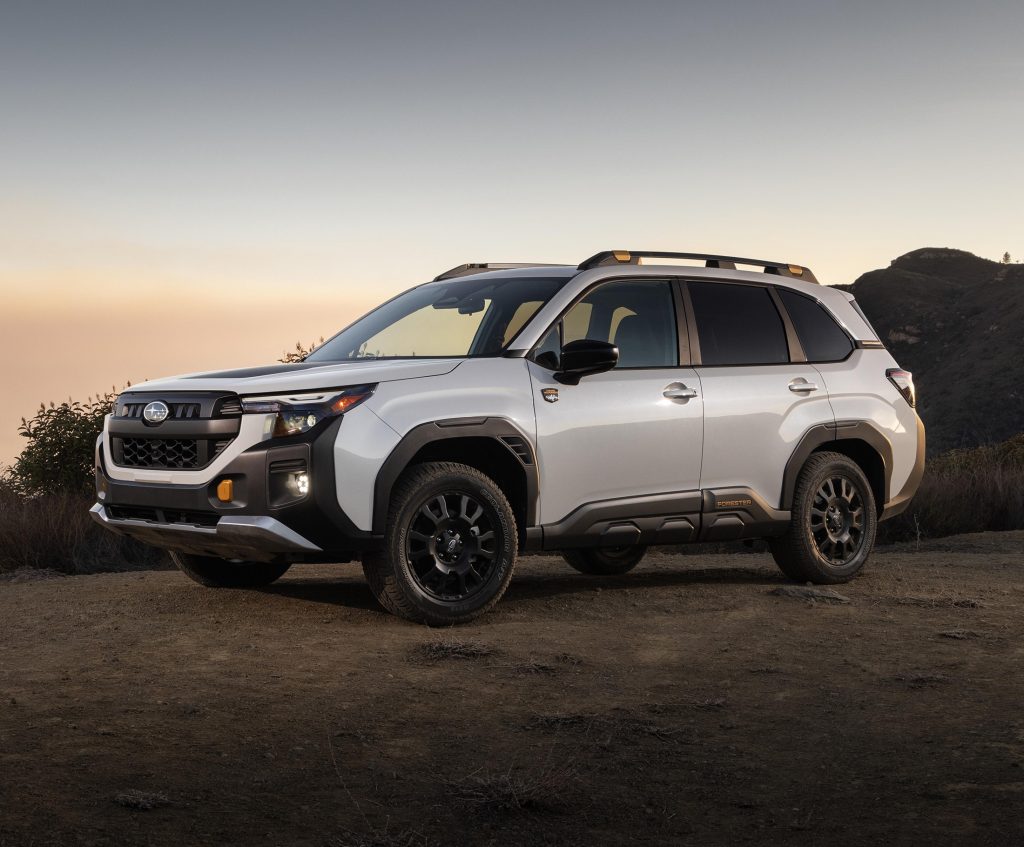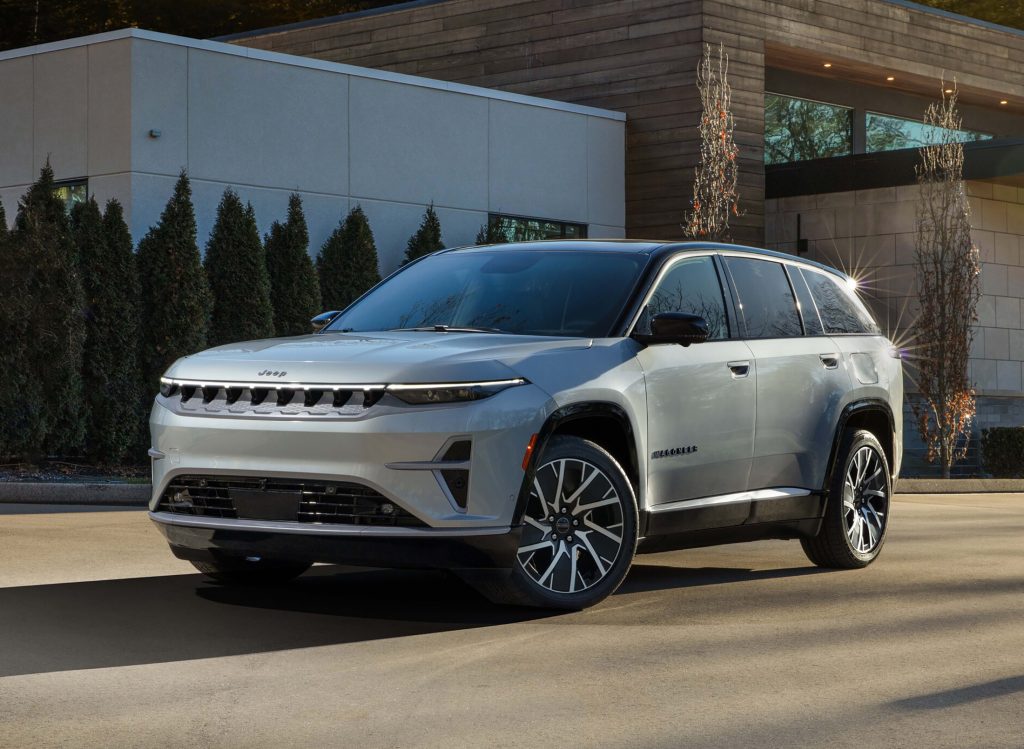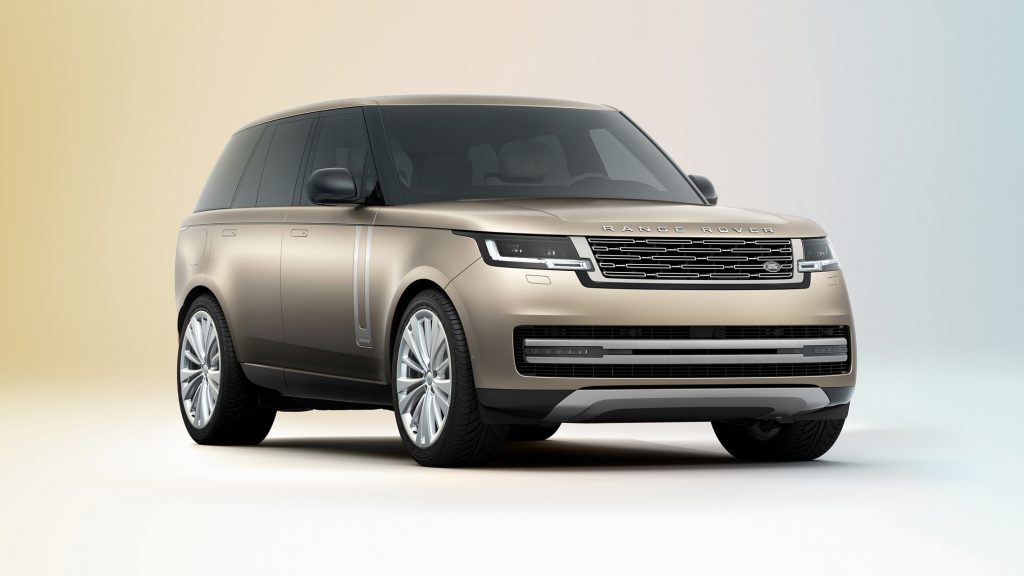Cargazing
By Derek Price
The Subaru Forester has long been a practical favorite. It’s roomy, easy to see out of and confident in bad weather.
The new 2026 Forester Wilderness keeps all of that and adds a fresh layer of refinement and capability that makes it one of the most well-rounded small SUVs on sale.
After a week behind the wheel, it’s clear Subaru hasn’t tried to reinvent the Forester. Instead, it focused on making it a better version of itself.
The sixth-generation model feels sturdier, quieter and more cohesive, but it’s still unmistakably a Forester: boxy, honest and built for real-world usefulness.
The Wilderness trim remains the most distinctive version, wearing black cladding, copper accents and all-terrain tires that lend it instant trail credibility.
With 9.3 inches of ground clearance, upgraded suspension tuning and Subaru’s dual-mode X-MODE all-wheel-drive system, it’s genuinely more capable off pavement than rivals like the Honda CR-V or Toyota RAV4 Adventure. It’s not a hardcore off-roader, but it’ll happily take on muddy access roads or snowed-in campsites.

The 2026 Subaru Forester Wilderness stands taller with rugged tires, copper accents and 9.3 inches of ground clearance.
On the road, the Forester Wilderness is easygoing and composed. The suspension soaks up rough pavement gracefully, and the steering feels light yet accurate.
There’s a reassuring solidity to the chassis, thanks to the latest Subaru Global Platform, which improves rigidity and keeps body motions well-controlled. Ride comfort is excellent, and road noise is low for a vehicle with aggressive tires.
The 2.5-liter four-cylinder engine delivers 180 horsepower and 178 pound-feet of torque, routed through a continuously variable transmission (CVT). It’s smooth and efficient but not quick.
Around town, it feels fine, but freeway merges and uphill passes reveal the powertrain’s limits. The CVT simulates gear steps in its “Sport” mode, yet the lack of a traditional automatic transmission leaves the
Wilderness feeling less responsive than it could be. A bit more power would unlock the chassis’ full potential.
Fuel economy lands at 24 mpg in the city and 28 on the highway, fair numbers given its off-road gear and higher stance.

The cabin blends durable materials with smart storage and Subaru’s latest tech for a functional, easygoing environment.
Subaru’s safety suite remains among the best in the business, with standard adaptive cruise control, lane centering, and automatic emergency steering. Visibility is exceptional, aided by generous glass and thin pillars — a rarity in modern SUVs.
Inside, the Wilderness trim features durable StarTex upholstery with copper stitching, easy-to-clean materials and an upright dashboard dominated by an 11.6-inch touchscreen.
Pricing for the Forester Wilderness starts at $38,385, and the tested example — optioned with navigation, a Harman Kardon audio system and a power tailgate — came to $42,035. That’s competitive for a fully equipped all-wheel-drive SUV that can tow up to 3,500 pounds and tackle genuine trails.
Subaru knows its audience well, and this latest Forester Wilderness hits the sweet spot between everyday comfort and outdoorsy confidence. It’s not flashy, but it’s deeply satisfying in how well it performs the tasks owners actually need it to do.
At A Glance
WHAT WAS TESTED?
2026 Subaru Forester Wilderness ($38,385). Options: Option Package 33 ($2,200). Price as tested (including $1,450 destination charge): $42,035
BY THE NUMBERS
Wheelbase: 104.9 in.
Length: 182.9 in.
Width: 81.2 in.
Height: 69.3 in.
Engine: 2.5-liter four cylinder (180 hp, 178 lbs.-ft.)
Transmission: Continuously variable
MPG: 24 city, 28 highway
RATINGS
Style: 8
Performance: 7
Price: 8
Handling: 8
Ride: 6
Comfort: 7
Quality: 8
Overall: 7
WHY BUY IT?
The 2026 Forester delivers real-world versatility, unmatched visibility and authentic off-road capability in a comfortable, everyday-friendly package.




